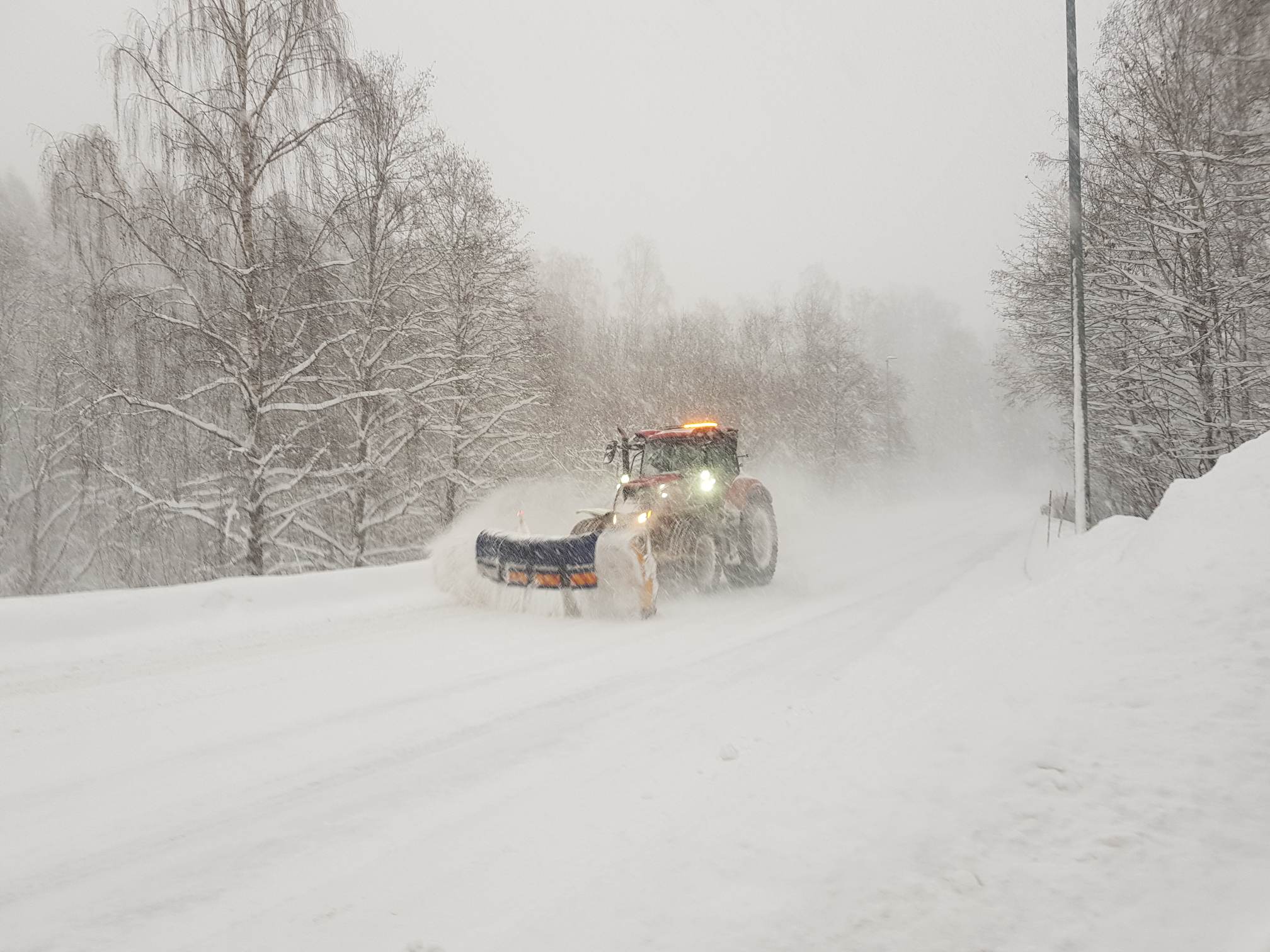A heavy snowstorm on January 17th in the Greater Oslo region significantly impacted public transport and led to the paralysis of the main AVINOR's international airport, Gardenmoren (Lufthavn).
The Greater Oslo region experienced a severe standstill on January 17 due to a heavy snowstorm, following alerts from The Norwegian Meteorological Institute (MET). This incident marked a peak in the extreme freezing temperatures that have beset Southern Norway since the beginning of January, leading to significant disruptions.
MET's Early Warning
In anticipation, The Norwegian Meteorological Institute (MET) had issued an orange warning for intense snowfall in the Agder, Telemark, Vestfold, and Østfold regions for January 16 and 17. The forecast proved accurate, with snow accumulations reaching 25-35 centimeters, further aggravated by strong winds causing significant snowdrifts.
Read Also: CREDIT CARD IN NORWAY FOR EXPATS: 5 THINGS YOU NEED TO KNOW
Impact on Public Transportation
Public transport, including buses, trams, trains, and the metro in central Oslo and the Bærum kommune region, was dramatically impacted. Services were initially halted and later resumed with considerable delays and reduced frequencies. RUTER the Public Transport Operator, advised using trams and the T-bane (Metro) instead. Sofie Bruun, Ruter's communications manager, recommended postponing bus journeys and favouring trams or subways.
Airport and Train Services Disrupted
Oslo's main airport, Gardenmoren, was closed due to poor visibility for pilots caused by the heavy snowfall. The closure was expected to last until the afternoon, with the possibility of an extension. BaneNOR also reported the suspension of train services in eastern Norway. This disruption followed similar challenges experienced earlier in the week on the West Coast, impacting airports in Bergen and Stavanger.
Read Also: ELECTRICITY | A GUIDE TO SWITCHING ENERGY PROVIDERS IN NORWAY
Ongoing Challenges
Despite the snowstorm easing in Oslo by the afternoon, travel conditions remained perilous due to slick, uncleared roads. Authorities, including police and highway officials, advised against road travel.
The Importance of Preparedness
This severe weather event highlights the vulnerability of urban infrastructure to harsh winter conditions, underscoring the need for preparedness and effective response strategies in the Nordic region, where rapid temperature changes pose significant climate risks.
Heavy snowfall necessitates prompt action from Norwegian homeowners, particularly those with wooden houses, to remove snow from their roofs. This is crucial in areas with significant snow accumulation to prevent potential structural damage. This situation serves as a crucial reminder of the importance of taking proactive steps early to ensure the safety and durability of homes during extreme weather conditions.




